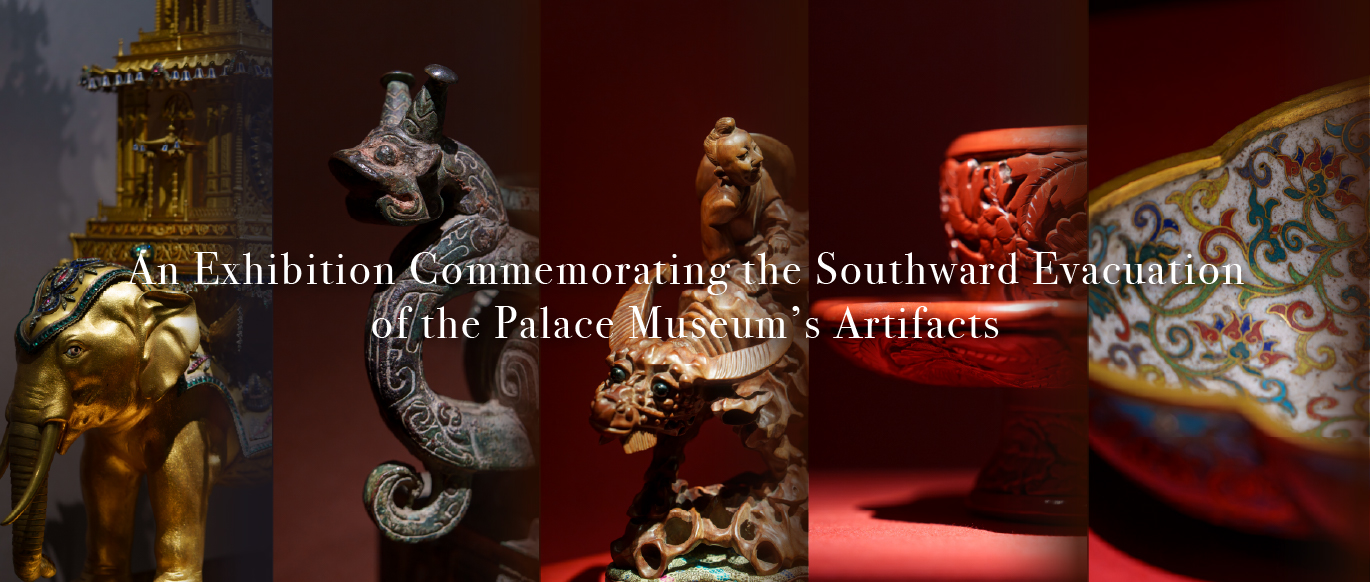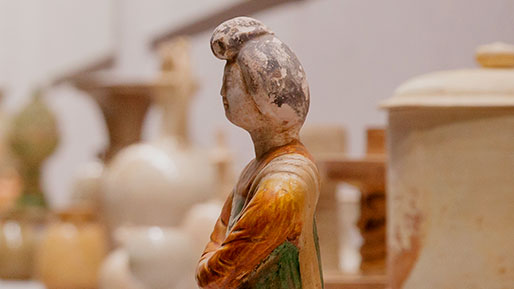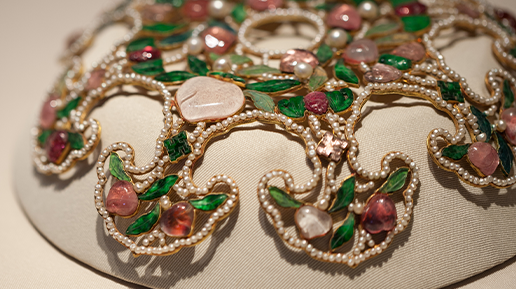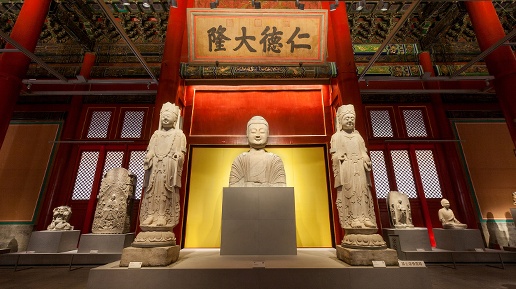
The qin, or seven-string zither, is one of China’s oldest musical instruments, and an important part of the country’s traditional culture of rites and music. In ancient times the single character "qin", which now refers to a number of instruments, specifically meant the guqin: from this we see its significance.
As an instrument, the qin went through its own development process. From the five-stringed zither of the mythical age of the legendary sage kings Yao and Shun, to the earliest seven-stringed zither that can be seen today from the Tang dynasty (618-907), and to the multiple performance schools in modern times, over thousands of years, a culture developed around the qin incorporating the instrument itself, its players, its tunes, and associated writings. Thus, along with the Go Game, calligraphy, and painting, qin became one of the essential arts of Chinese literati. At the same time, it had a vital ritual character and was an indispensable part of the ceremonial order of the state.
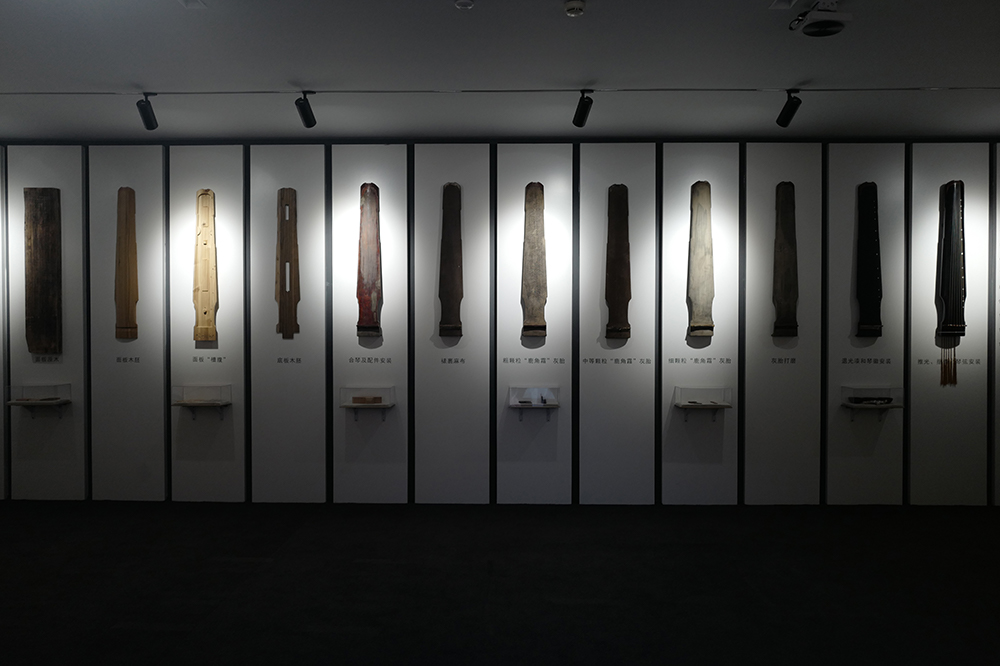
The Palace Museum was established on the site of the Ming (1368-1644) and the Qing (1644-1911) imperial palace and thus inherited the rich court collection; since the establishment of the museum, the collection of qin has further grown. Consequently, it can now claim to house the world’s finest collection of qin. The Palace Museum has a qin collection of eighty-eight pieces from the Tang, the Song (960-1279), the Yuan (1272-1368), the Ming, and the Qing dynasties, forming a complete series of fine instruments across time and thus giving a relatively complete picture of the instrument\'s development. This exhibition displays various kinds of related materials, giving visitors a view of qin culture from all angles.
“Among all instruments, the qin is the finest”. We hope that through our exhibition the culture of the qin finds yet more avid listeners!

Part I Qin in the Palace Museum Collection
While the guqin, or ancient Chinese zithers, can be traced back to the reigns of the legendary sage kings Yao and Shun, the oldest surviving instruments date to the Tang dynasty (618-907). Tang qin like the “Da sheng yi yin” (lingering voice of the sages), part of the Palace Museum collection, are the greatest treasures in the instrument’s history. With Tang qin as the centrepiece, we have selected ancient and renowned instruments from the museum collection to enable viewers to view at first hand the qin’s historical development. This gallery also displays related musical artifacts, such as scores for stringed instruments, showing the rich meanings of guqin as a cultural phenomenon.

Part II Qin and the Forbidden City
In the Ming (1368-1644) and Qing (1644-1911) dynasties the study of qin flourished, and the sound of strings never ceased in the Forbidden City. All of the Ming emperors were fond of qin. Qing rulers such as the Kangxi Emperor (r. 1662-1722), and his son and grandson the Yongzheng Emperor (1723-1735), and the Qianlong Emperor (1736-1795) also took great interest in qin, collecting a huge quantity of famous instruments to appreciate and treasure. These instruments were important to the lives of both Ming and Qing emperors. What’s more, as a component of the ritual “Shao music”, qin were played in grand state ceremonies and so had an air of solemn dignity. Besides the qin itself, a great variety of objects made in imitation of qin also appeared, lending a distinctive flavor to court life.
Featured Exhibit: Qin Zither "Resonance of the Sages"





